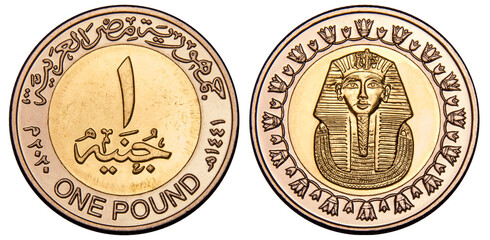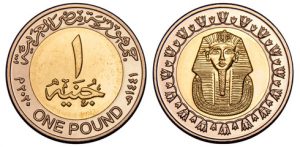They say that those who are older are smarter in some ways. This is because they lived for a few more years and experienced some other things. It’s no wonder that an older person has as many interesting stories to tell as a younger person. The problem with the elderly, however, is that sometimes they don’t really want to share their experiences and prefer to fit into their own little shell. The same goes for old coins from India. You have a lot of stories behind you. But until you made the effort to delve into the depths of these stories, nothing would really happen.
Studying ancient Indian coins is almost like solving a detective case. Some of them have extremely low inscriptions. In such cases, a process called carbon dating is performed on them to identify the approximate time period that they were hit. As a numismatist, there really isn’t a single solution. It is up to you to decide how you would like to discover these wonderful stories behind these ancient Indian coins. However, you have to start somewhere. I’m making this a point by starting reading about these wonderful ancient Indian coins before anything else. Only if you build a good base can you build a solid building on it. Likewise, it’s very important to know the facts inside and out so that your foundation is solid. Whenever someone asks you questions about a specific event in history, you should be able to answer them with confidence. The deeper you go, the more things you will discover.
Someone rightly said that God is in the details. This is so true when it comes to numismatics. There is so much to learn from looking at a coin. It could have special inscriptions and symbols. They are made from different types of metals, from gold, silver to copper and zinc. You may also need to learn some languages when studying India’s ancient currency. Sanskrit was widely used for inscriptions on ancient Indian coins. Now you see, have you come far? From history to literature, it was quite an impressive leap really. Next comes “Art and Culture”. Now, if you take a closer look at the various symbols on ancient Indian coins, you will get a good idea of the type of culture that was adopted at the time. Certain eras are known for their surprisingly artistic inscriptions on the coins. This shows that the emperor who issued these ancient Indian coins was largely inclined to art. Certain inscriptions give you an impression of the clothing used by kings and emperors at that time.
When it comes to ancient Indian coins, there is so much more to discover compared to coins from other countries. This is because they have been put down by various rulers and emperors since ancient times. Each of them brought their own style. After a while, they also started engraving the dates of the year on the coins, which made it easier for researchers to understand when these ancient Indian coins were actually minted.
Over time, coin collecting has become more than just a hobby. It is sought by people as an investment vehicle. Auction houses around the world are selling ancient Indian coins at extremely impressive prices. Numismatists are in great demand for them not only in India but also abroad. When it comes to old world coins, Greek currency and ancient Indian coins always lead the way. Why? Because they came with a rich history.

